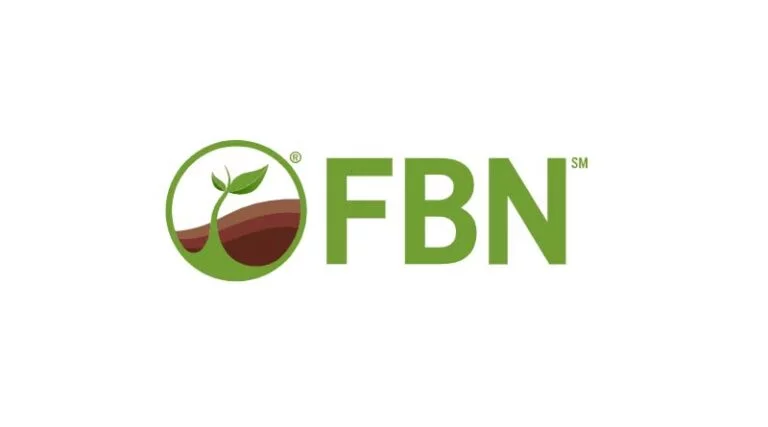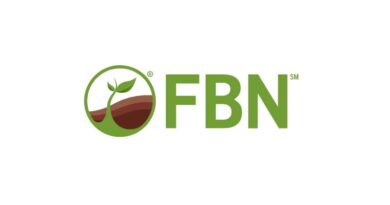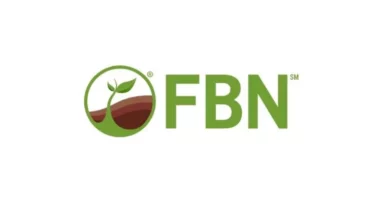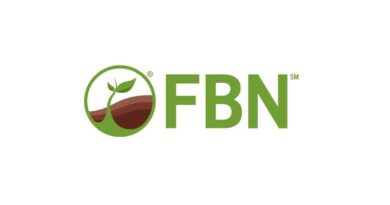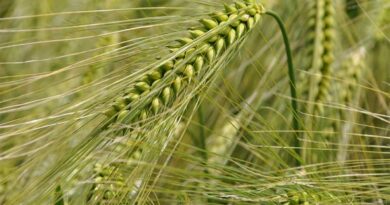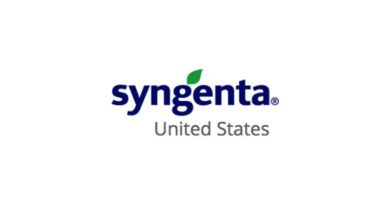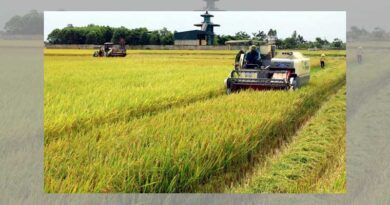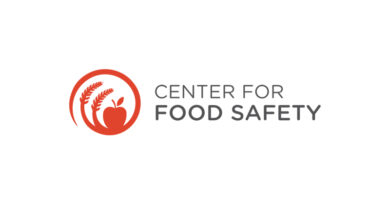Streamline Your Production Plan with Harvest Aids
09 October 2023, US: As harvest season quickly approaches, it’s important to keep your operation moving smoothly and efficiently. For many farms, harvest aids are an essential part of this goal.
Benefits of Harvest Aids
Harvest aids are used to desiccate weeds that can interfere with harvest. Left green, these weeds can go through your harvest equipment and impact its efficiency, causing possible harvest losses, decreased grain quality, and loss of profit potential.
While harvest aids don’t speed up maturity, expedite drydown, or increase yields, they can help reduce the production of seed from weeds, depending on the weeds present and their growth stage, as well as the herbicide used.
Harvest Aid Application Guidelines
Before you apply a harvest aid in your fields, check the forecast in your region. Weather may influence the time required for proper desiccation, and wet field conditions can delay harvest activities altogether.
Also keep in mind the time of day at which you’re planning to apply; some harvest aids, like paraquat, are activated by sunlight so it’s best to apply them during cloudy conditions or in the evening for best results.
It’s also helpful to use a surfactant for best application results. Surfactants like IN-Zorb™ 90 are adjuvants that reduce surface tension to help facilitate the dispersing, spreading, wetting, or other surface modifying properties of liquids.
While many pesticides require the addition of an adjuvant, some do not. Be sure to read the label thoroughly before applying in case a specific surfactant is required.
How to Use Harvest Aids with Corn
In corn, harvest aids are used to control troublesome weed escapes that can hinder harvest efficiency. Corn should be to at least full dent, with kernel two-thirds milk line down to avoid yield loss. Benefits are similar to soybeans, excluding the bonus for early delivery.
Recommended Corn Harvest Aids
Used primarily to keep weed escapes out of the combine, common corn harvest aids include AIM® EC, Willowood Paraquat* and Ag Saver Glyphosate.
As always, read and follow all label directions when using harvest aids. Coverage, rates, timing and adjuvant use may vary.
How to Use Harvest Aids with Soybeans
In soybeans, harvest aids can be used to remove green stems and pods. Soybeans need to be at R7 stage of growth or higher at application time to avoid yield loss. This still provides for an earlier harvest date, less dockage at delivery, and possible bonus price for early delivery.
The more green material you see, the longer you’ll need to wait for your crop to reach full desiccation and be harvest ready. Your seed pods should be brown in color, or at least turning yellow. Apply the desiccant when your soybean crop is mature enough so that the seed isn’t affected by premature termination. Once the majority of the pods in the field are mature (with the remaining pods having seed completely separated from the pod wall), it is safe to apply a harvest aid.
With indeterminate soybeans, your plants should be “mature and ready for harvest” according to the sodium chlorate label, or “when 65 percent of pods are mature brown color or when seed moisture is 30 percent or less” per the paraquat label.
If a desiccant is sprayed when pods are too young (i.e., green pods, seed are not full-sized and are not separating easily from the pod wall), seed will not mature normally and often show up as “butter beans” and damaged seed at harvest.
Recommended Soybean Harvest Aids
You have several choices when selecting a desiccant application for soybeans. Here are some products (and recommended application rates) labeled for use as a harvest aid in your fields:
- Paraquat (at 0.125-0.25 lb ai/acre) Willowood Paraquat* activates desiccation of both weeds and soybean plants. The preferred application rate is 0.25 lb ai/acre, and you should include a nonionic surfactant (0.25 percent V/V) with the application. For paraquat, a 15-day preharvest interval is required.
- Saflufenacil (at 1-2 fl oz/acre) Broadleaf weeds and soybean plants will experience desiccation when saflufenacil is applied. The addition of a methylated seed oil (one percent V/V) plus ammonium sulfate (one-two percent W/V) is recommended for optimal desiccation. Application rates of 1.5-2 fl oz/acre are generally required when saflufenacil is applied alone. This product has a three-day preharvest interval.
- Sodium Chlorate (at 6 lb ai/acre) Sodium chlorate will provide desiccation of weeds and soybean plants, but activity level from this application will depend on environmental conditions. As a true desiccant, sodium chlorate will physically draw moisture out of plant tissue and seed and should be applied 7-10 days before harvest.
You’ll want to factor the specified preharvest interval for the desiccant you select into your timeline. In addition, a greater application volume (20-30 GPA for ground applications and 4-10 GPA for air applications) is recommended when making a harvest aid application in soybean fields, as complete coverage is essential.
Harvest Aids from FBN Direct®
Double down on savings and convenience when you shop for ag chemicals and other essential ag inputs on FBN Direct. Using FBN®’s convenient online store, simply search for the harvest aids, surfactants or other products you need and immediately see product availability, pricing, labels and other details. Plus, you’ll get direct-to-farm delivery in three days or less. Click here to see what’s available on FBN Direct.
Also Read: Brazil senate excludes ag from carbon market bill
(For Latest Agriculture News & Updates, follow Krishak Jagat on Google News)

